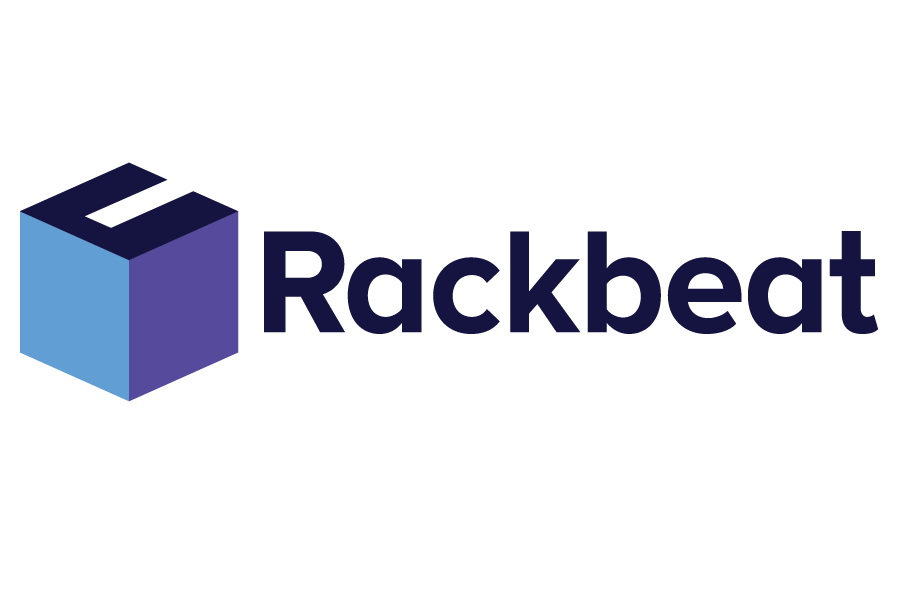Value Chain
A value chain is the complete sequence of activities that create value for your customer – from the very first idea for a product, to when it is delivered and ready for use. In other words, it’s the entire chain of processes that together make it possible to produce, handle, sell, and deliver a product or service. The value chain includes everything from product development, supplier management, and procurement, to inventory management, production, order management, distribution, and customer service. Every single activity in the chain should contribute to increasing the overall value the customer experiences – whether through faster delivery, lower costs, higher quality, or better service.
Rackbeat September 27, 2025
Why is the Value Chain Important?
In a time when both competition and customer expectations are increasing, it is crucial that you as a company have control over your value chain. The smoother your internal processes work together, the better the customer experience will be on the other end.
Effective value chain management leads to:
Lower operating costs
Shorter delivery times
Better utilization of inventory and resources
Increased transparency in the supply chain
Higher customer satisfaction
A value chain is therefore not just a theoretical model – it is a practical tool that helps you identify bottlenecks, minimize waste, and strengthen competitiveness.
Value Chain and Inventory Management: How Do They Connect?
Inventory management plays a crucial role in the value chain. If you don’t have control over which items you have in stock – and where they are located – it can impact the entire process from purchasing to delivery.
Challenges of poor inventory visibility include:
Lost revenue because in-demand items are not in stock
Longer delivery times and dissatisfied customers
Poorer planning and collaboration between departments
By linking inventory management with a WMS (Warehouse Management System) that also supports purchasing management and order management, you can:
View inventory status in real time
Use data for better decision-making
Plan reordering and goods receipt more precisely
Avoid overstocking and stockouts
Create flow throughout the entire value chain – from receiving goods to delivering to the customer
Inventory management is therefore not just a practical necessity – it is a strategic function that impacts the entire company’s ability to deliver value.
Example: How the Value Chain Works in Practice
Imagine a company that sells sportswear. The value chain starts with design and product development, moves on to purchasing materials, production, warehousing, selling through the webshop, handling customer orders, and ends with delivery to the customer.
If inventory management fails – for example, because the system isn’t updated or items aren’t placed correctly – the entire value chain is affected. You risk delays, extra costs, and lost trust.
But if you instead use a system like Rackbeat, which connects your inventory management with both procurement and order management, you can maintain flow in the value chain – and create maximum value for both customers and the business.
Value Chain in a Modern Setup
Today, many companies’ value chains are not only internal – they extend across multiple partners, suppliers, and digital platforms. That’s why it’s important to think of the value chain as an ecosystem, where all parts need to communicate.
With Rackbeat, you get a digital platform that integrates with accounting systems, webshops, and shipping solutions, so the entire value chain can work together in one seamless flow – without manual steps and double entries.
Gain Insights on Value Creation – One Email at a Time
Would you like more insights into how you can optimize your value chain with better inventory management, smarter WMS, and efficient order management?
Then sign up for Rackbeat’s newsletter and receive guides, tips, and concrete tools straight to your inbox – once a month, with no noise.
👉 Sign up for the newsletter here and take control of your entire value chain.


